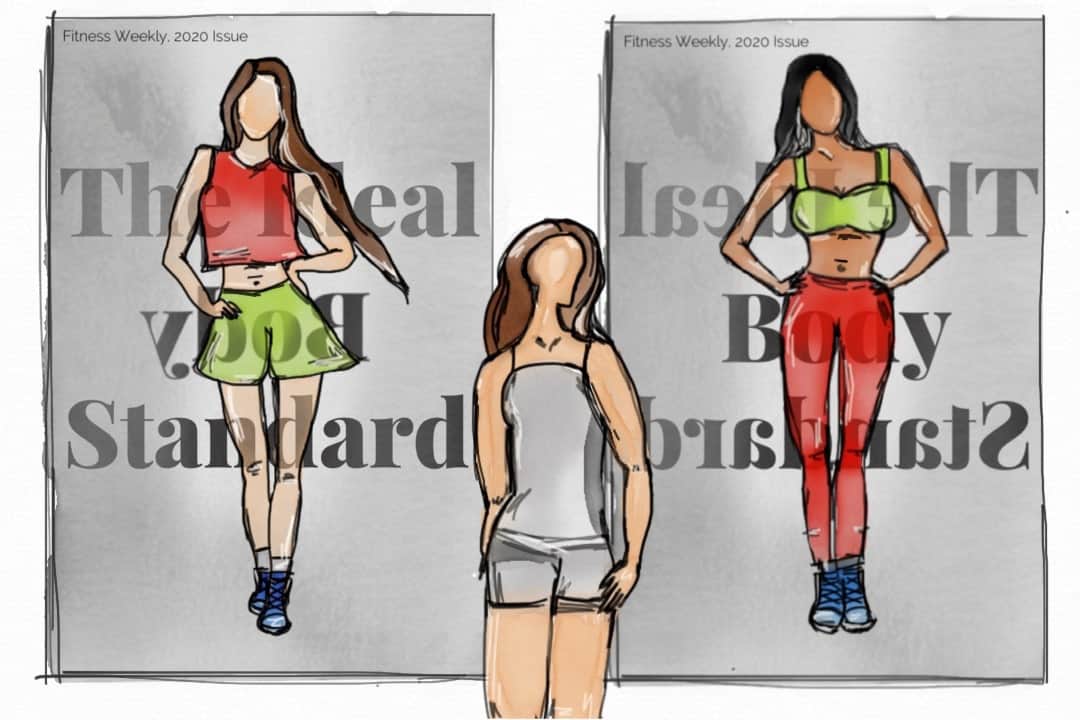Content warning: this article contains discussions of self-harm.
When I asked my friend one day if she was going to the gym later, she replied with a fervent yes, explaining that she needed to train more to get thinner and have abs.
Lately, I’ve been seeing more and more people start working out so that they can get a ‘fit’ body. Take my friend as an example. I asked her why, and she told me that she wanted to look more model-like.
Keep in mind that she goes to the gym for a one-hour session five times a week. Now, she’s upping it to two hours per session and is eating less food to achieve her ideal body. It’s dangerous and unhealthy to work out for the sake of achieving a certain body type — especially if such a body is used to market products in the fitness industry and is generally unattainable for most.
Dangers of an unattainable body image in the fitness industry
Fitness is an essential factor in staying healthy; yet, oftentimes, instead of using fitness as a way to be healthy, fitness is used to look more attractive.
People can struggle with the idealized body types hurled at them in fitness and beauty media. Indeed, disordered eating habits often go hand-in-hand with the fitness industry: according to Psychology Today, a recent study that examined the prevalence of disordered eating of fitness instructors in Norway found that 22 per cent of the men instructors and 59 per cent of the women instructors self-reported disordered eating.
It is clear that although the prevailing narrative is that women face the brunt of body dysmorphia from the media, the health and wellness propaganda of a perfect body makes no exceptions of gender.
And with influencers all over social media promising the health benefits of skinny teas and waist trainers, it’s easy to see that the sheer amount of misinformation and pseudoscience online can make it hard to know what will actually help you achieve your fitness goals and what’s a cash grab.
Body dysmorphic disorder (BDD) is a common and severe mental health issue where someone is unhealthily obsessed with their physical appearance, and points out their smallest flaws and defects that may not even be there to begin with. The disorder may even cause people to become suicidal or want to hurt themselves.
A more fitness-specific disorder that mainly occurs in men is muscle dysmorphia, which occurs when young boys and men believe that they are too skinny and not muscular or lean enough. As a subcategory of BDD, this type of obsessive compulsive disorder can negatively affect someone’s daily life.
Does a realistic body standard even exist?
In recent years, acceptance of different body sizes and types is gaining popularity. There has been an increase in the body-positive movement in which we are celebrating all bodies, regardless of background, gender, sexuality, or disability.
Fitness brands and companies like Nike are becoming more size-inclusive and promoting body positivity, earning praises from customers and body-positive supporters. It seems as though things are looking up.
Having a healthy body image increases self-esteem and self-worth. We all need to accept our own bodies in order to live a full and happy life. In other words, everyone should feel comfortable in their own body.


